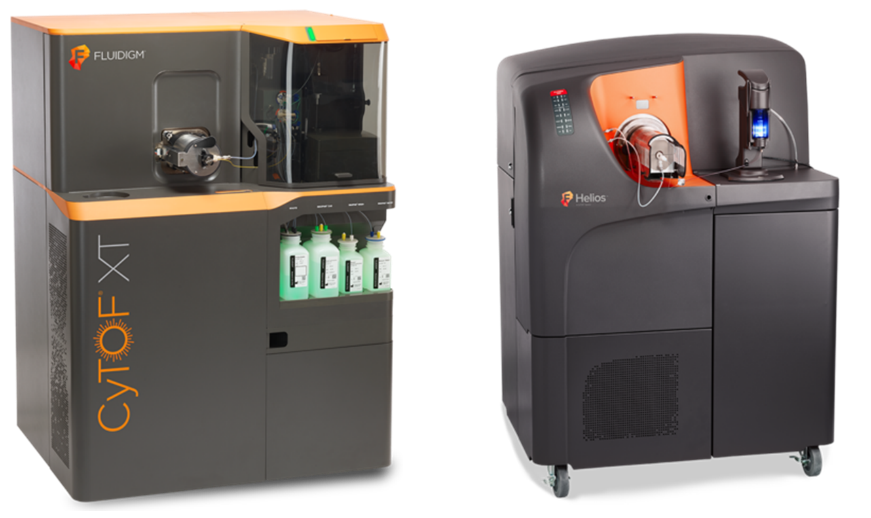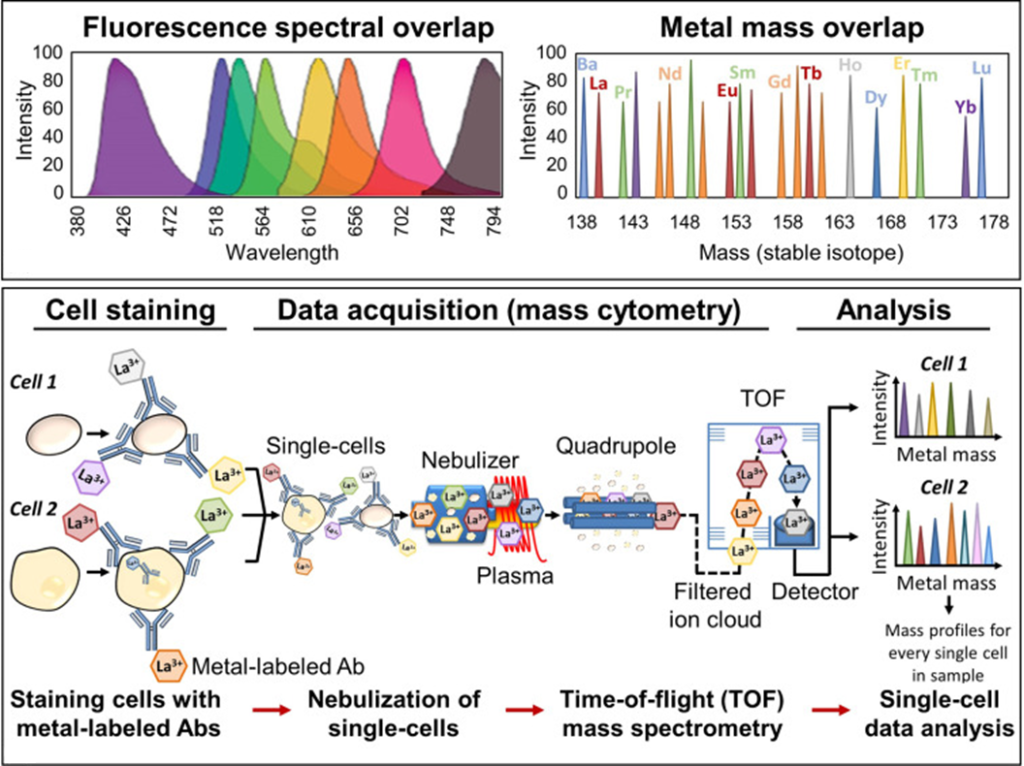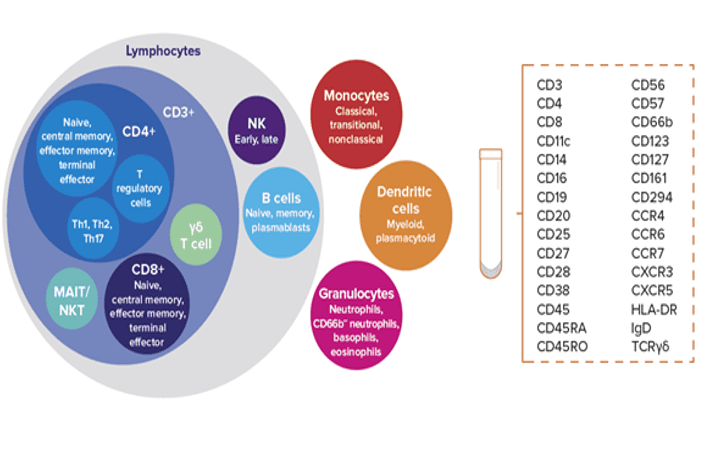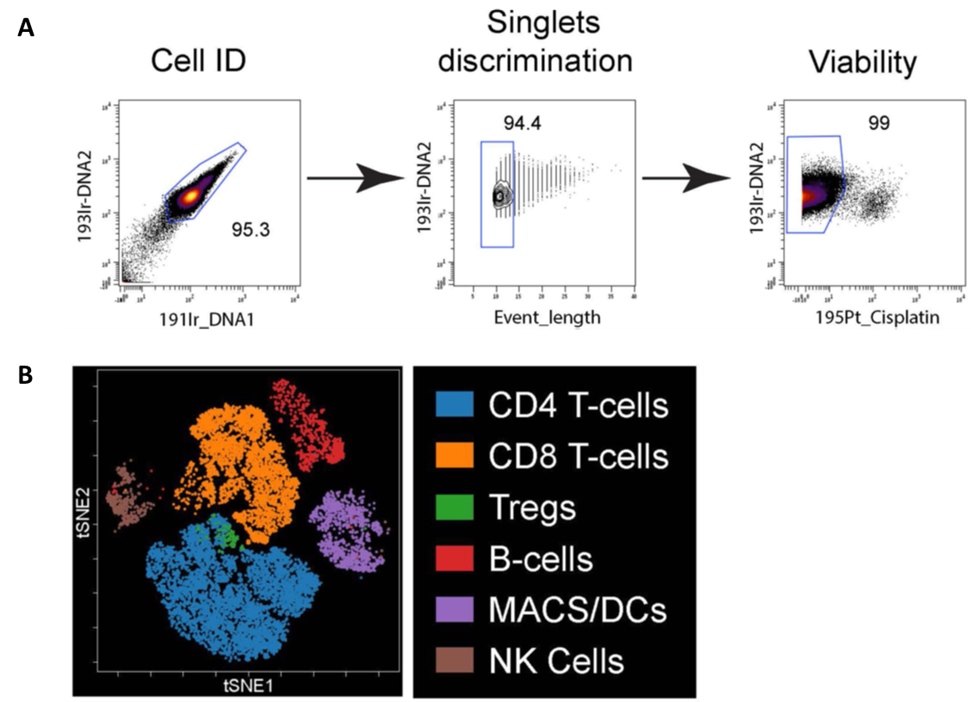Mass Cytometry (CYTOF)
Mass cytometry combines the power of flow cytometry with mass spectrometry, enabling the detection of 40+ cellular parameters simultaneously at the single-cell level. Unlike conventional flow cytometry, which is limited to ~18 parameters due to spectral overlap, CyTOF uses metal isotope–tagged antibodies to provide highly multiplexed, interference-free measurements. This makes it a powerful tool for immune profiling, biomarker discovery, and therapeutic development.

Cells stained with metal isotope–tagged antibodies are ionized and analyzed by a time-of-flight (TOF) mass analyzer, eliminating spectral overlap and enabling precise, unbiased detection of multiple markers in complex samples.
Our CyTOF Services & Advantages
✅High-dimensional analysis: detect 40+ cellular markers in a single run with no autofluorescence or spectral overlap
✅Comprehensive immune profiling: resolve rare and diverse cell subsets with high precision
✅Sample flexibility: compatible with whole blood, PBMCs, or cultured cells
✅Full-service workflow: from cell treatment and staining with metal isotope–conjugated antibodies to data acquisition, interpretation, and reporting
✅Actionable insights: generate complex, multi-dimensional datasets for biomarker discovery, immune monitoring, and drug development

Workflow of mass cytometry (CyTOF): cells are stained with metal-labeled antibodies, nebulized, and analyzed by time-of-flight mass spectrometry, enabling high-dimensional single-cell analysis without spectral overlap.
Example Data (a)

Example (a) Using a 30-marker Maxpar Direct Immune Profiling Assay, CyTOF can identify 37 immune cell subsets in a single run, including T cells, B cells, NK cells, monocytes, and granulocytes. This provides a broad, detailed overview of the immune system at unprecedented resolution.
Example Data (b)

Example (b) PBMCs were stained and analyzed by CyTOF. The workflow included cell ID, singlet discrimination, and viability assessment. Immune populations such as CD4 T cells, CD8 T cells, Tregs, B cells, NK cells, and dendritic cells were visualized using viSNE plots, enabling high-dimensional insights into immune cell distribution.